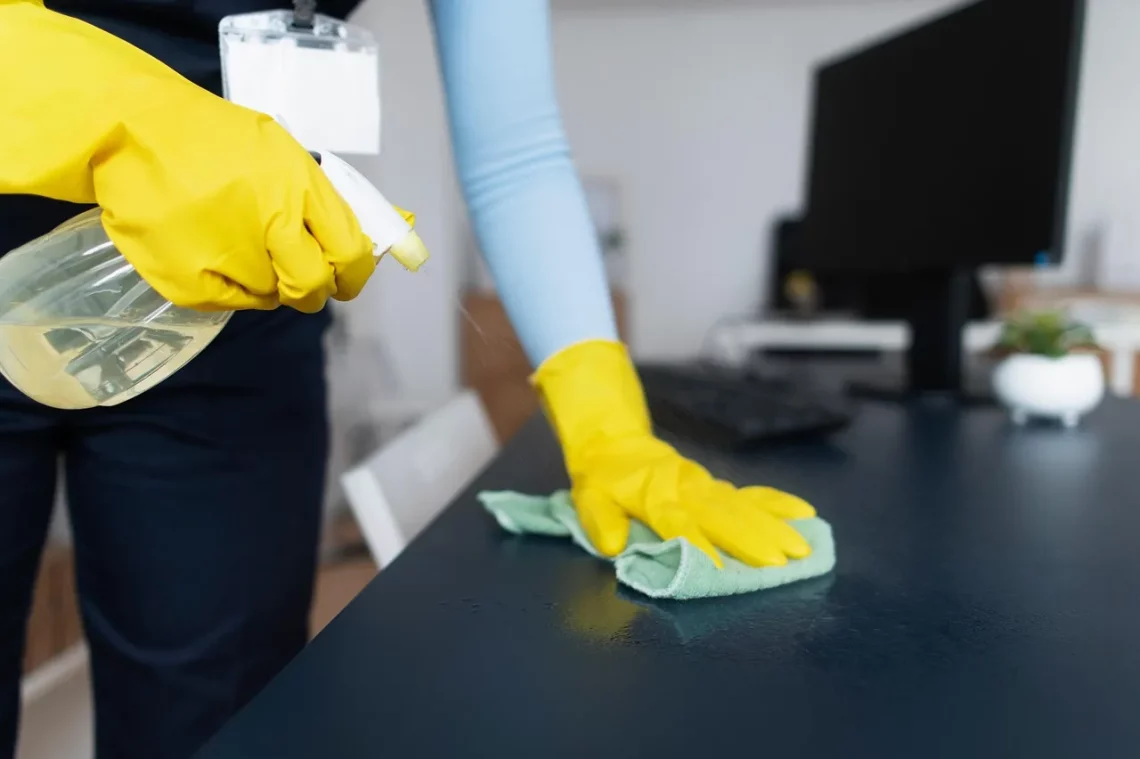
Effective Ways to Remove Vomit Smell from Your Couch
The unpleasant odor of vomit can linger in your home long after the initial mess has been cleaned up, particularly when it comes to upholstered furniture like couches. This situation can arise unexpectedly, whether due to a pet’s illness, a child’s mishap, or even an adult’s overindulgence. The couch, often a central piece in any living area, can absorb and retain these odors, making it uncomfortable for you and your guests. Therefore, effectively addressing this issue is crucial for maintaining a fresh and inviting living space.
Understanding the nature of the odor is the first step in combating it. Vomit carries not only an unpleasant smell but also the potential for stains and bacteria that can contribute to ongoing odors if not properly treated. Moreover, the materials used in upholstery can complicate the cleaning process. Some fabrics are more absorbent than others, which can lead to deeper penetration of the smell and stains.
In this article, we will explore various methods and techniques to eliminate vomit odor from your couch. From common household items to specialized cleaning solutions, there are numerous ways to restore freshness to your furniture. It’s essential to act swiftly and use the right techniques to ensure that the odor does not become a lasting problem in your home.
Understanding the Source of the Odor
To effectively remove vomit smell from your couch, it’s important first to understand what you’re dealing with. Vomit is a complex mixture of food particles, stomach acids, and bile, all of which can contribute to the unpleasant scent. When it comes into contact with your couch, these components can penetrate the fabric and even the underlying foam or padding. Thus, a thorough cleaning is necessary to eliminate not just the surface stain but also any residual substances that may be lurking beneath.
Different types of upholstery respond differently to cleaning solutions. For example, microfiber fabric is generally easier to clean than velvet or silk. If your couch is made from a more delicate material, you may need to proceed with caution, opting for gentler cleaning techniques to avoid damaging the fabric.
Moreover, the longer vomit sits on your couch, the more difficult it becomes to remove the smell. This is why immediate action is crucial. As soon as you discover the mess, you should begin the cleaning process to minimize the odor and potential staining.
Effective Cleaning Techniques
Once you have assessed the situation and understood the source of the odor, the next step is to clean the affected area thoroughly. Start by removing any solid debris, if applicable, and blot the area with paper towels to absorb as much moisture as possible. Avoid rubbing, as this can push the vomit further into the fabric.
After that, consider using a mixture of warm water and mild dish soap. Dampen a clean cloth with this solution and gently scrub the affected area. This will help to lift the stain while also neutralizing some of the odor. After scrubbing, blot the area with a dry cloth to remove any excess moisture.
For tougher odors, you may want to create a baking soda paste. Mix baking soda with a small amount of water to form a thick paste and apply it to the affected area. Baking soda is known for its odor-absorbing properties and can help to neutralize the smell effectively. Allow the paste to dry completely before vacuuming it up, as this will help to lift any remaining odors trapped in the fabric.
Another powerful cleaning solution is white vinegar. Mix equal parts of water and white vinegar in a spray bottle, and lightly mist the affected area. Vinegar is a natural deodorizer and can help to break down the odor molecules. As with the baking soda paste, allow it to dry and then vacuum or blot the area to remove any residue.
Using Commercial Products
If home remedies don’t fully eliminate the vomit smell from your couch, you might consider turning to commercial cleaning products specifically designed for upholstery. Many of these products contain enzymes that effectively break down organic matter, making them particularly useful for dealing with vomit.
When choosing a commercial cleaner, look for one labeled as an enzyme cleaner or odor eliminator. These products often target the specific proteins and fats found in vomit, breaking them down and neutralizing the odor. Follow the manufacturer’s instructions carefully when applying the product to ensure you get the best results.
Before applying any commercial cleaner to your couch, always test it on a small, inconspicuous area first. This will help you to avoid any potential discoloration or damage to the upholstery.
In addition to enzyme cleaners, there are also fabric sprays available that can help mask odors while you clean. While these sprays can provide temporary relief, they should not replace thorough cleaning methods, as they may only cover up the smell rather than eliminate it.
Preventing Future Odors
Once you’ve successfully removed the vomit smell from your couch, it’s wise to take steps to prevent future incidents. Regular maintenance can make a significant difference in the longevity of your upholstery and its resistance to odors.
Consider using a fabric protector spray after cleaning your couch. These sprays create a barrier that can help repel spills and stains, making it easier to clean up any future accidents.
Additionally, establish a regular cleaning routine for your couch. Vacuuming regularly can help remove dust, debris, and potential odor-causing particles. If your couch has removable covers, washing them according to the manufacturer’s instructions can also be an effective way to maintain freshness.
Lastly, keeping a pet or child-friendly cleaning kit nearby can make it easier to address spills and accidents promptly. This kit might include items like paper towels, enzyme cleaners, and a small bottle of vinegar.
In conclusion, while dealing with vomit odor on your couch can be unpleasant, it is manageable with the right techniques and products. By understanding the source of the odor, employing effective cleaning methods, and taking preventative measures, you can maintain a fresh and inviting living space.
**Note**: This article is not intended as medical advice. If you or someone else is experiencing health issues related to vomiting, please consult a healthcare professional.




